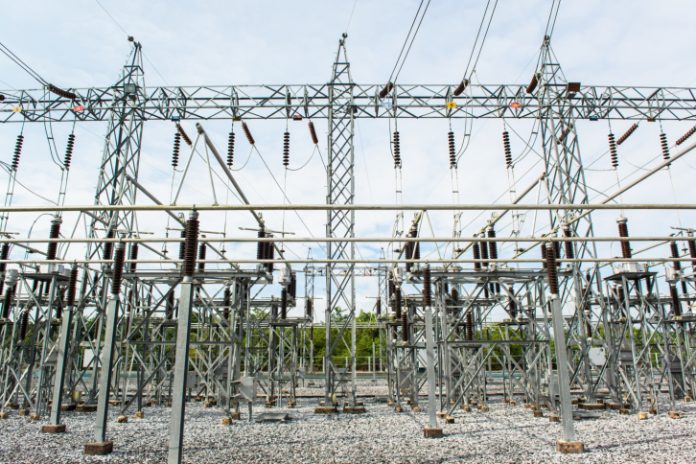By CFACT Staff
Both houses of the Indiana legislature unanimously voted to pass HB 1007 which requires the state agency that oversees utilities — the Indiana Utility Regulatory Commission – to primarily consider five things: reliability, affordability, resiliency, stability and environmental sustainability, in most of its decisions.
This bill will help protect Indianans from electricity shortages and ever higher costs. Shortages and higher costs are caused by the rapid closures of full-time, low-cost, reliable coal plants. Often they are still being paid off and have decades of useful life left.
This bill incorporates many of the provisions that CFACT, Truth in Energy and Climate, and the Net Zero Reality Coalition had a hand in developing: The Abundant, Reliable, and Resilient Electricity Act.
The passage of HB 1007 is another major victory for protecting the nation’s electricity grid.
Coal plant closures have left PJM and MISO, the two largest electric grids in the country, short of electricity. Together they serve more than 100 million people, about a third of the US.
The bill’s author, Rep. Ed Soliday (R-Valparaiso), said grid operators are concerned the U.S. could face more rolling blackouts as utilities rely more on the grid.
“They said everyone is buying and no one is selling,” he said.
PJM, MISO, other grid operators and the regulator, NERC, have warned that it is likely they will be short of electricity when it is needed the most for years into the future. And it will likely get worse. The fast transition to “renewables” is making our electric grids more like third world countries, with unreliable electric grids.
If the Biden administration regulates coal plants out of existence, we will be drastically short of electricity across the nation. Coal provided 22% of our nation’s electricity in 2021, while wind provided 9% and solar 3%. Remember, coal produces electricity when needed, while wind and solar do not. Electric grids must have full-time power delivered to them.
When it is very hot or cold electricity demand spikes. This is known as peak demand. This bill requires an insurance or reserve margin of 15% above estimated peak demand for the hot Indiana summer days.
It also requires that the vast majority of the electricity be generated by Indiana utilities.
This guards against what is happening in many states.
Many other states are relying on the grid to supply their needs, rather than their own homegrown electricity production. So, they are closing down coal plants. They aren’t building enough wind and solar replacements to meet the future demand. Which means we will be even shorter of full-time power, which can be relied on to keep the lights on and electricity flowing when there is no wind or no sunshine, which is most of the time.
Industrial batteries are wildly expensive. There just isn’t enough lithium in the world to make them for our electric grids and for millions of electric cars at the same time.
Without full-time power, we will have blackouts like the ones we just saw during winter storm Elliott or winter storm Uri that caused blackouts for more than five million people.
Frank Lasee, President of Truth in Energy and Climate, praised this bill and the Indiana legislature for being proactive. “They have recognized a problem, if everyone is depending on everyone else for enough electricity generation, the grid will fail. This bill takes major steps in the right direction.”
Lasee went on to say, “People have no idea that unreliable, part-time, weather-dependent wind and solar cannot be relied on to keep the lights on when we need them the most. There are many people pretending that they can. In addition, paying for part-time wind and solar and full-time reliable power is expensive.
“It is like a family that buys additional cars that rely on the wind and the sun’s energy, because they don’t have to pay for gas. Only to find out they only work 30% of the time.
“They must pay for their full-time cars and their part-time cars to get to work and their kid’s soccer games. Their car costs just went up tremendously. This is what is happening to our electric rates.” Lasee said.
This article was written by CFACT Staff, originally published by CFACT and is reposted with permission.
For more about Indiana politics and policies, click here.
For more about electric power reliability, click here.


























